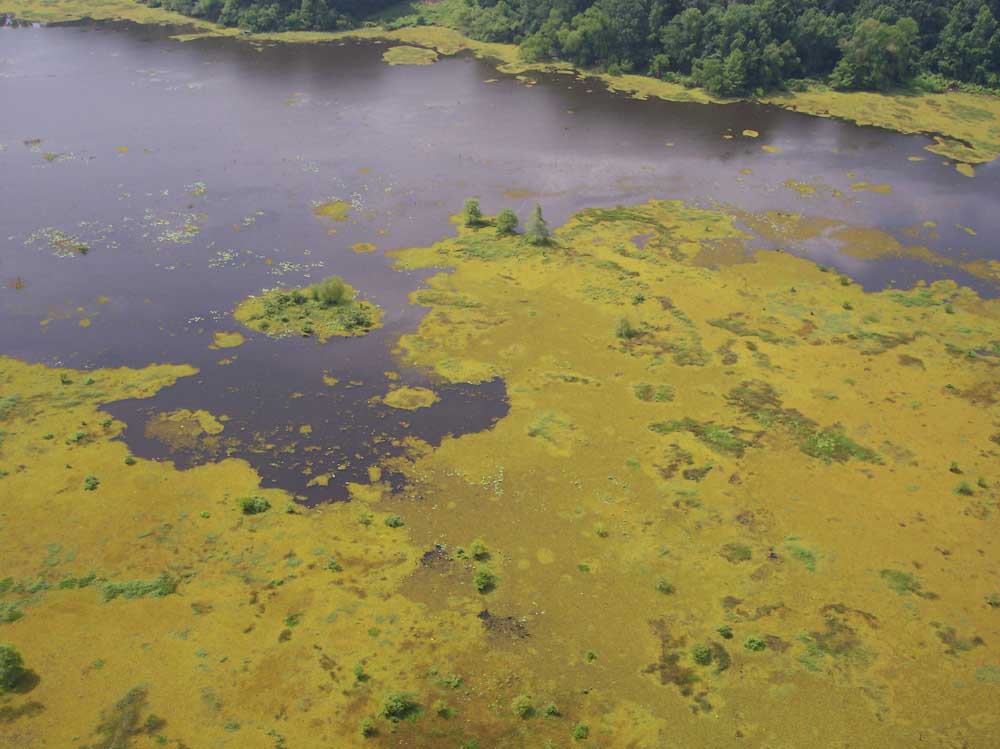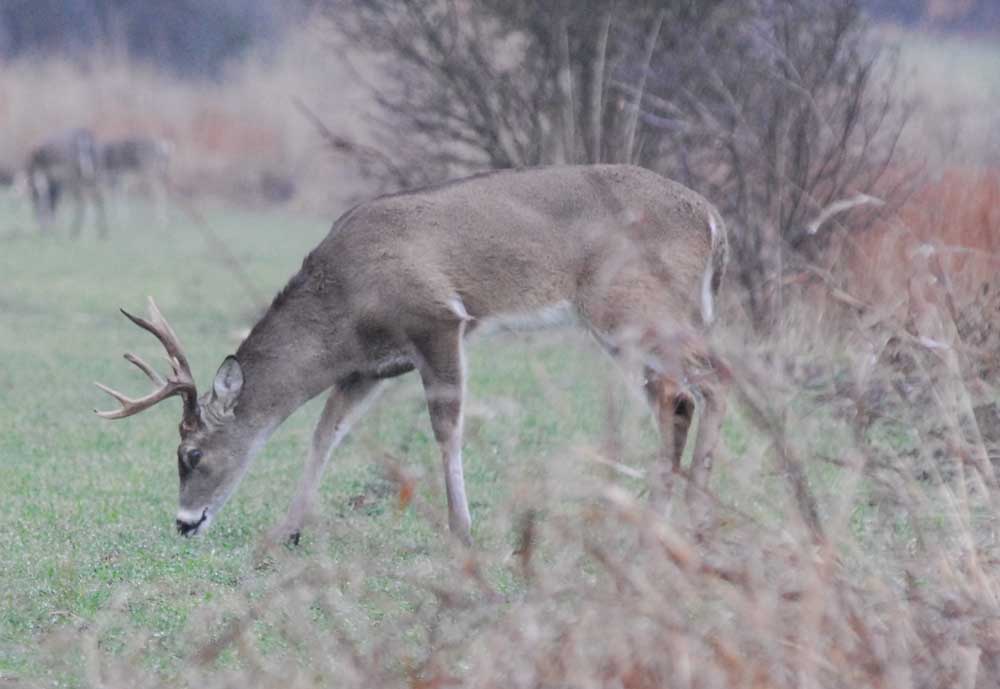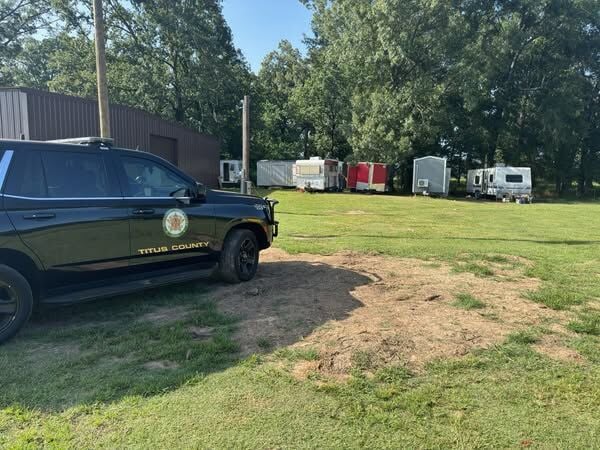A Giant Problem: Salvinia has become an issue in Cobb Creek on Lake Palestine
Published 9:02 pm Friday, February 9, 2024

- Giant Salvinia has been found in several coves around Lake Palestine with Cobb Creek being the worse. Growing in a floating mat like this spot on Toledo Bend Reservoir, the invasive plant can hamper boating and fishing.
If you have not been fishing Lake Palestine in a few months here is a tip. You might want to avoid Cobb Creek for the immediate future.
Located in the southwest portion of the lake, Cobb Creek is currently socked in by giant salvinia. The invasive floating plant was first found in Cobb last fall, adding it to the list of locations such as Highsaw Ledbetter and Kickapoo creeks and the Neches River on the upper end where the plant exists.
“This is not the first report of giant salvinia finding its way to Lake Palestine. It has been in (Cobb Creek) off and on for over a year. This year it really took off,” said Jake Norman, Texas Parks and Wildlife Department Inland Fisheries district biologist from Tyler.
Giant salvinia is a floating fern that was first identified in Texas in 1998. Native to Brazil it is considered one of the worst non-native aquatic plants in the state capable of completely making waterways unnavigable. It will outcompete native plants and in worst-case scenarios decreases oxygen and block sunlight making the water under it inhabitable to fish.
In this part of the state Caddo Lake has been the poster child for what problems salvinia can create. The plant was first discovered on the Louisiana side of the 25,000-acre lake in 2006. The next year it appeared on the Texas side.
Giant salvinia is a prolific plant that grows exponentially. In 2010 the plant covered just over 600 acres of Caddo, and then took off.
“2016 was the worst year we’ve seen with 5,000 acres covering the Texas side of the lake,” noted Tim Bister, TPWD district biologist from Marshall.
Since its discovery on Caddo, TPWD has contracted sprayers who have been applying herbicide annually to keep the lake open. Typical there are two boats working throughout the growing season apply both liquid and powder herbicide. The type of herbicide used is a contact herbicide, meaning it only kills the plants it touches above the water’s surface. In most cases this means only salvinia is sprayed, but there is always going to be some collateral damage of other plants.
The only other deterrent of significance to the plant is extreme cold.
“The winters that we’ve experienced the coldest temperatures have helped to reduce the amount of salvinia present at the start of the growing season. However, even with the coldest extended temperatures, salvinia has not been completely eradicated. If herbicides were not used as part of the management strategy, plants would quickly grow,” Bister explained.
Bister said he suspects this January’s cold weather should have damaged the plants, and if the damage was significant, it will help management efforts going into the spring and summer.
Norman is hopeful for a similar impact on Lake Palestine. Spray efforts were begun in November, but halted during the winter. They are scheduled to resume in the coming weeks.
“The freeze we had is going to kill a chunk of it. The two together will help us stay on top of it,” Norman said.
However, Caddo has shown even areas treated early often have to be retreated again during the year as new plants grow in those locations.
With the plant firmly established around the lake Norman said the plant is likely to be on Palestine for good. There are plenty of places for it to hide from spray efforts, and unlike some other invasive species it can create mats in deeper water. Along with being transported on boats, individual plants can also be moved around the lake by wind.
“It’s a floating mat so it is going to be anywhere there isn’t wind and wave action to break it up. It is going to move around some. It is going to be a nuisance, but it is not going to be an ecological catastrophe,” Norman said.
Along with Palestine, Caddo and Toledo Bend, giant salvinia is also found on Athens, Bringle, Conroe, B.A. Steinhagen, Hemphill City, Houston, Houston County, Lake O’the Pines, Livingston, Lone Star, Martin Creek, Mount Pleasant New City Lake, Murvaul, Nacogdoches, Naconiche, Raven, Sam Rayburn, Sheldon, Striker, Texana and Timpson, along with the Sabine and Lavaca rivers.
It has been eradicated in Brandy Branch Reservoir, and lakes Gilmer and Pinkston.
Not as common, but equally as troublesome, common salvinia has been found in Texas on lakes Fork and Kurth and on rivers and bayous around Beaumont.
The plant was mostly likely brought to the lake on a trailer or boat that had been on another lake with it. In a damp, dark environment, such as the bottom of the boat, it can survive up to a week on land after being picked up at one lake and launching in another.
TPWD game wardens can write tickets for transporting giant salvinia on boat trailers, boat motors, or live wells. Boaters are reminded to check their boats and trailers when they pull out of lake for mud and vegetation. They are also required to drain all water from the bilge, livewell and bait containers. It is also suggested to let the boat and trailer completely dry before launching at another lake.
— Knight can be reached at outdoor@tylerpaper.com






